Citation:
| REPRINT | 961 KB | |
| APPENDIX 1 | 18 KB | |
| APPENDIX 2 | 40 KB |
Date Published:
MayAbstract:
Hybridization between species is commonplace in plants, but is often seen as unnatural and unusual in animals. Here, I survey studies of natural interspecific hybridization in plants and a variety of animals. At least 25% of plant species and 10% of animal species, mostly the youngest species, are involved in hybridization and potential introgression with other species. Species in nature are often incompletely isolated for millions of years after their formation. Therefore, much evolution of eventual reproductive isolation can occur while nascent species are in gene-flow contact, in sympatry or parapatry, long after divergence begins. Although the relative importance of geographic isolation and gene flow in the origin of species is still unknown, many key processes involved in speciation, such as 'reinforcement' of post-mating isolation by the evolution of assortative mating, will have ample opportunity to occur in the presence of continuing gene flow. Today, DNA sequence data and other molecular methods are beginning to show that limited invasions of the genome are widespread, with potentially important consequences in evolutionary biology, speciation, biodiversity, and conservation.

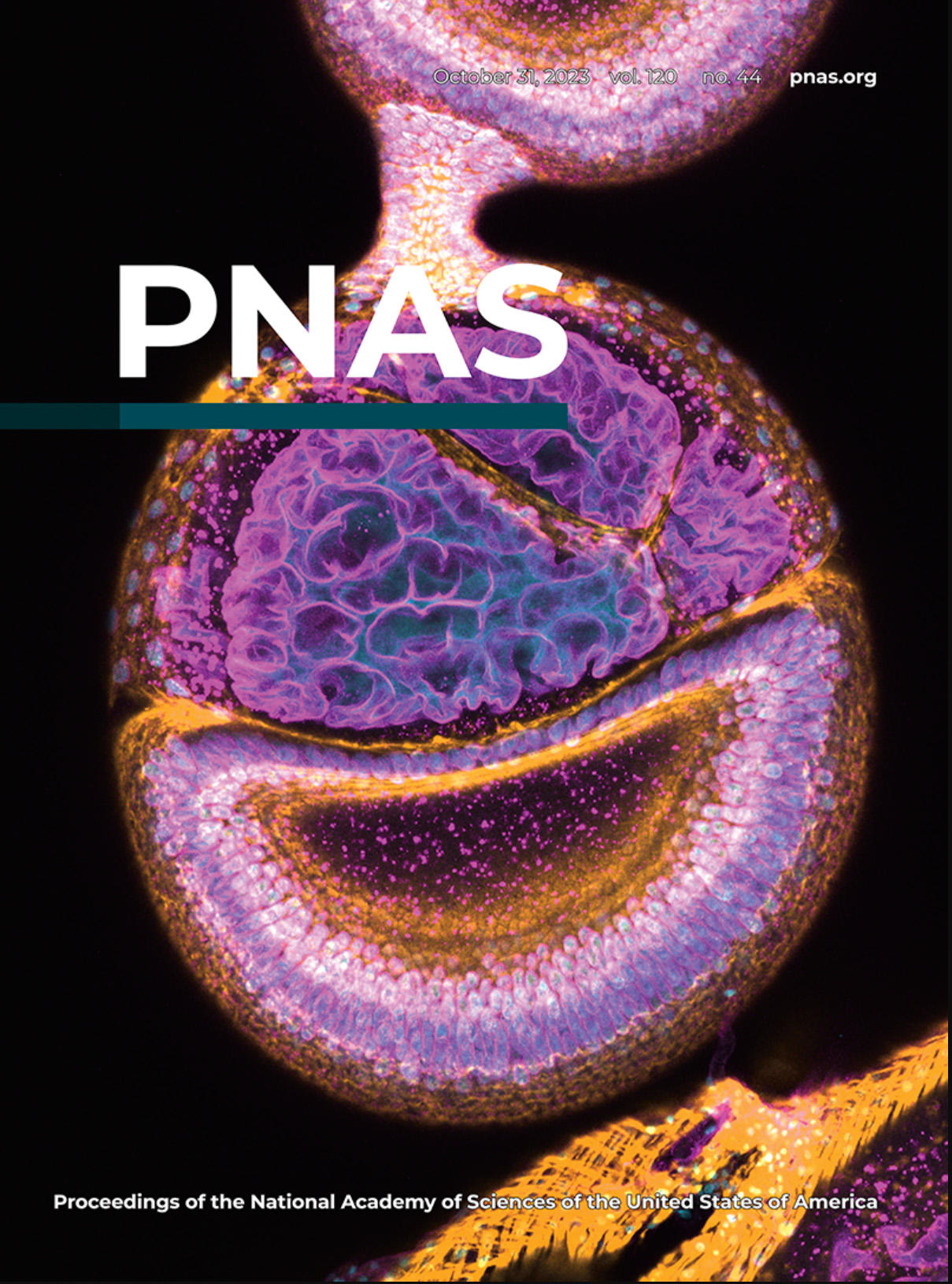
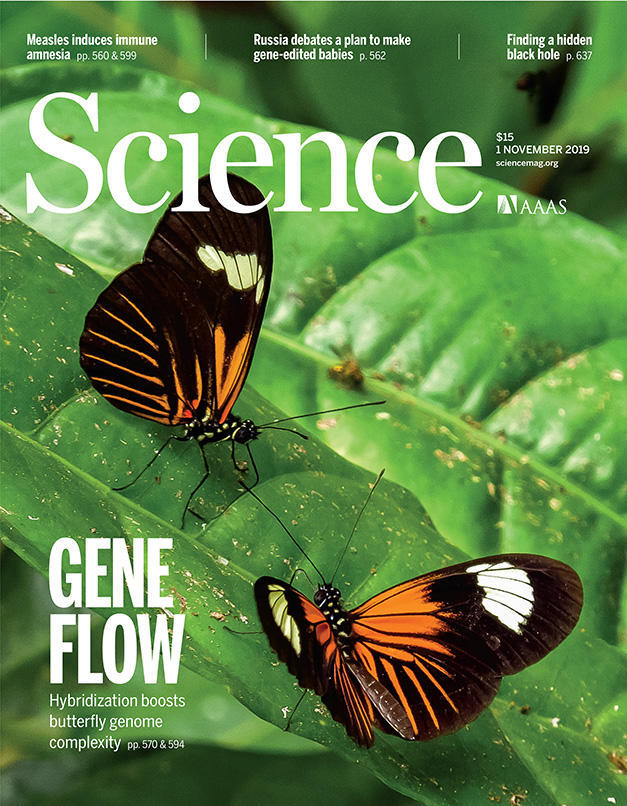
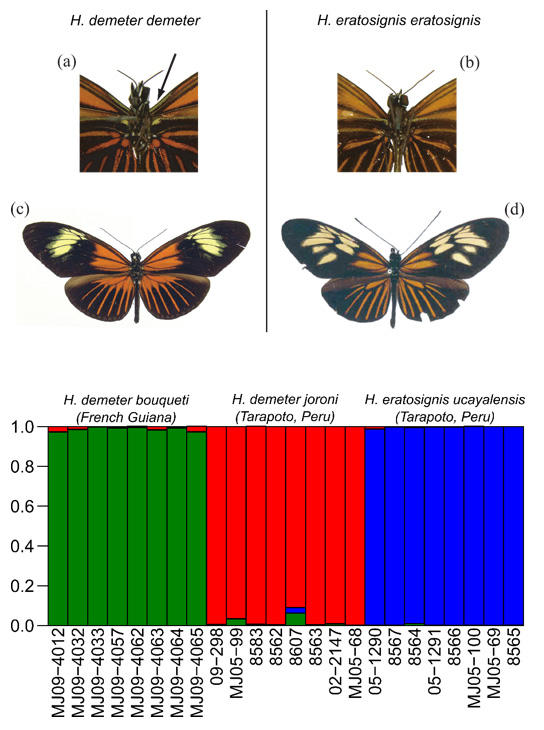

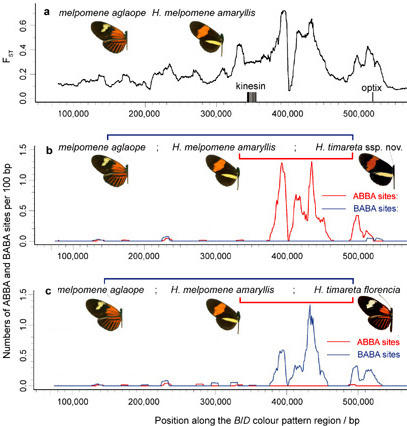
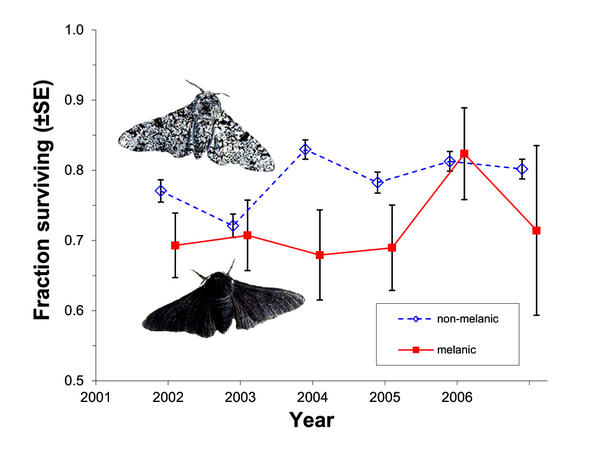 Selection against melanism in UK after the Clean Air Act.
Selection against melanism in UK after the Clean Air Act.